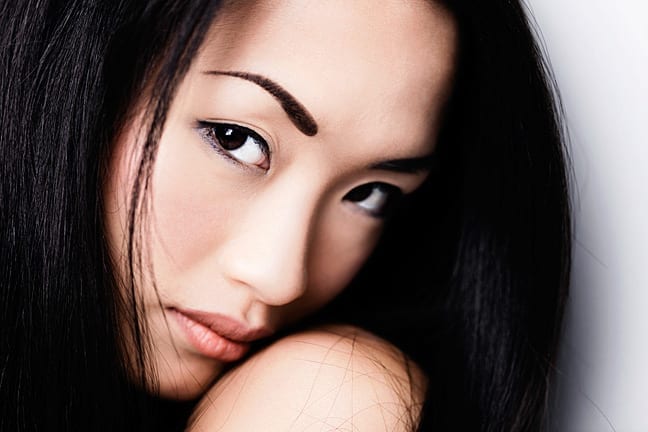Over the years, numerous studies and reviews of the literature have shown that physical attractiveness and appearance do indeed have an important and predictable effect on the judgments that people make about others. Nor does this merely involve strangers we encounter in our everyday lives. Rather, our interactions with people we know well, including friends, family and colleagues, often involved attributions made on the basis of their physical appearance—which may be as much of a surprise to them as it is to us. But what exactly is the effect and content of such biases of perception?In their meta-analysis of over 900 studies, Langlois et al. (2000) reported that individuals were treated differently based on the extent to which they were perceived as being physically attractive. Specifically, attractive people were judged more positively than less attractive people, even by those who knew them. Langlois concluded, therefore, that despite the proclamations of received wisdom, physical attractiveness does have an enormous influence on our everyday lives. Whether enacted consciously or otherwise, we treat people we perceive as attractive more positively than we do people we perceive as less attractive.In a now classic study of this effect, Dion et al. (1972) had participants rate, on a range of different measures, facial photographs that differed in physical attractiveness. They found that physically attractive individuals were rated more positively on different personality traits and probable life outcomes, such as marital happiness and career success.The original study was not without its limitations, but the fundamental finding has been replicated many times over the years. For instance, attractive individuals are judged as more honest, less maladjusted and disturbed, happier, more successful and more sociable than less attractive individuals.Attractive people are also reported to be afforded more personal space, more likely to win arguments, more trusted with secrets and generally considered better at everything in comparison with less attractive individuals. Nor are these inferences only directed at adults: the available evidence suggests that attractiveness biases can also be directed at infants. Stephan and Langlois (1984), for instance, asked North American undergraduates for their first impressions of infants from different ethnic groups. Their findings indicated that the most physically attractive infants were regarded more favourably than the least attractive babies, regardless of ethnicity.Moreover, people we expect to be ‘fair’ often succumb to the same pressures: studies have reported that teachers assume attractive students are more likely to be academically successful than less attractive students. In another early study, Landy and Sigall (1974) had male students grade one of two essays of different quality, to which were attached a photograph of the supposed writer, a female student. In one condition, the ‘good’ essay was paired with an attractive photograph and then with a relatively unattractive photograph in a second condition, the ‘poor’ essays were paired with each of the photographs. As expected, Landy and Sigall (1974) found that ‘beauty is talented’: better grades were given to the attractive female student in both conditions—a finding that has important practical consequences for the way examinations are marked.Furthermore, such biases continue throughout the lifespan: as compared with less attractive individuals, attractive people are more likely to be hired for jobs and received higher starting salaries.
© YouBeauty 2024




































